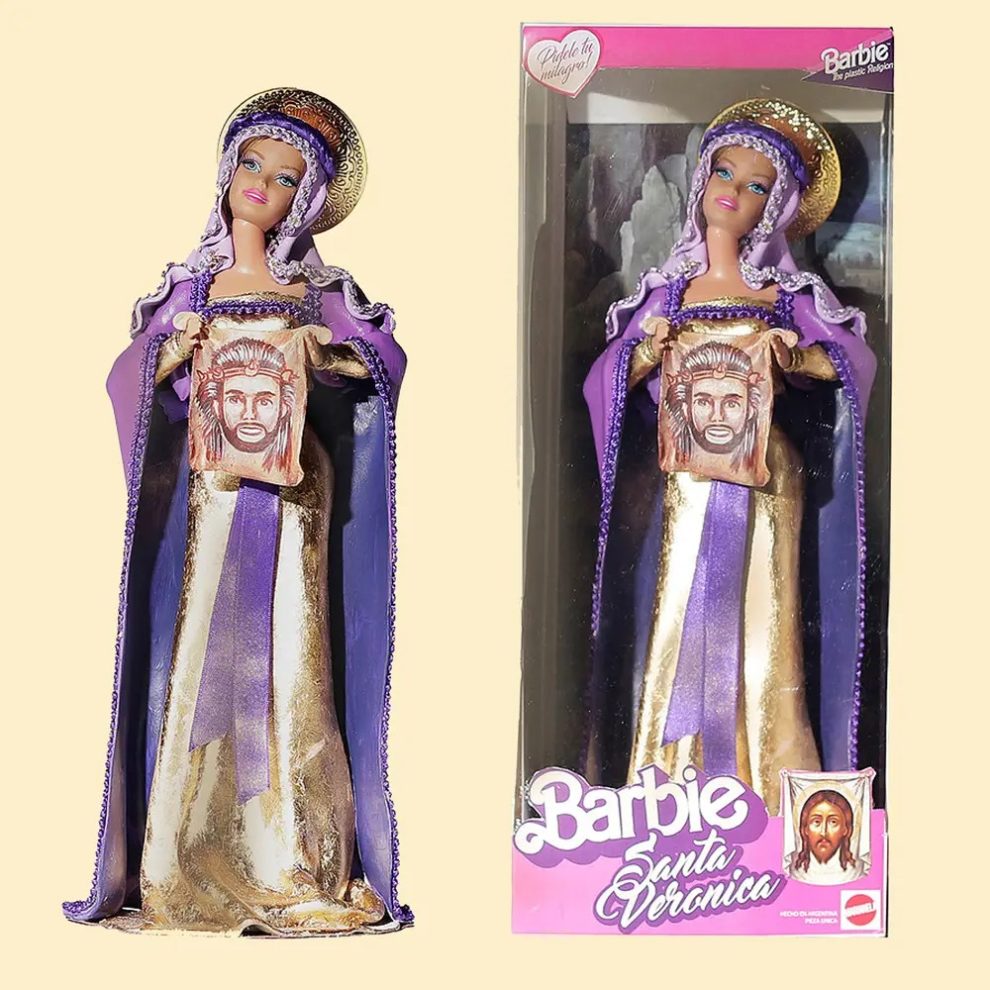
Barbie is known as the most popular doll in the world, but also as a symbol of consumerism, beauty standards and gender stereotypes. But what if Barbie could also be a symbol of spirituality, diversity and tolerance? That’s what two artists from Argentina, Marianela Perelli and Pool Paolini, tried to explore with their art project “Barbie: The Plastic Religion”.
h/t: flashbak

In 2014, the artists created 33 Barbie, Ken and Skipper dolls that represented different religious figures, such as Jesus Christ, Buddha, Saint Patrick, Kali, Mary Magdalene, Virgin of Lujan and Baphomet. They dressed them in custom-made outfits and accessories, and packaged them in boxes that resembled Mattel’s original ones. They also gave each doll a name and a description that explained their role and significance in their respective faiths.

The artists said that their intention was not to offend or mock anyone’s beliefs, but to celebrate the diversity and richness of human spirituality. They also wanted to challenge the stereotypes and prejudices that often surround religion and culture. They said that they used Barbie as a medium because she was a universal icon of pop culture and childhood, and because she could adapt to any role or situation.

The project was met with mixed reactions. Some people praised it as a creative and original way to express art and spirituality. Others condemned it as a disrespectful and blasphemous act that insulted sacred figures. The artists even received death threats from some extremists who wanted to stop their exhibition.

One of the most surprising responses came from Pope Francis, who accepted a gift from the artists: a Barbie doll dressed as the Virgin Mary, the patron saint of Argentina. The artists said that they were honored and grateful for his gesture, which showed his openness and humility.

“Barbie: The Plastic Religion” is a provocative and fascinating art project that invites us to question our assumptions and prejudices about religion and culture. It also shows us how Barbie can be more than just a doll, but a vehicle for expression, exploration and dialogue.








